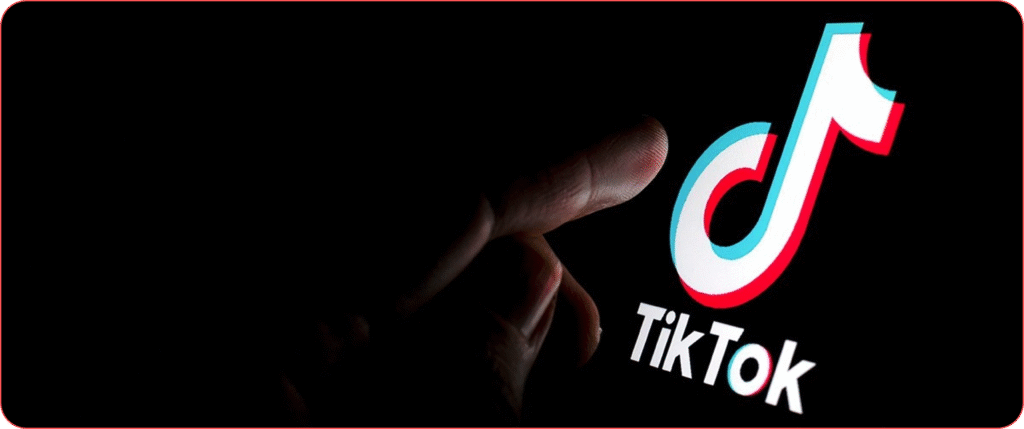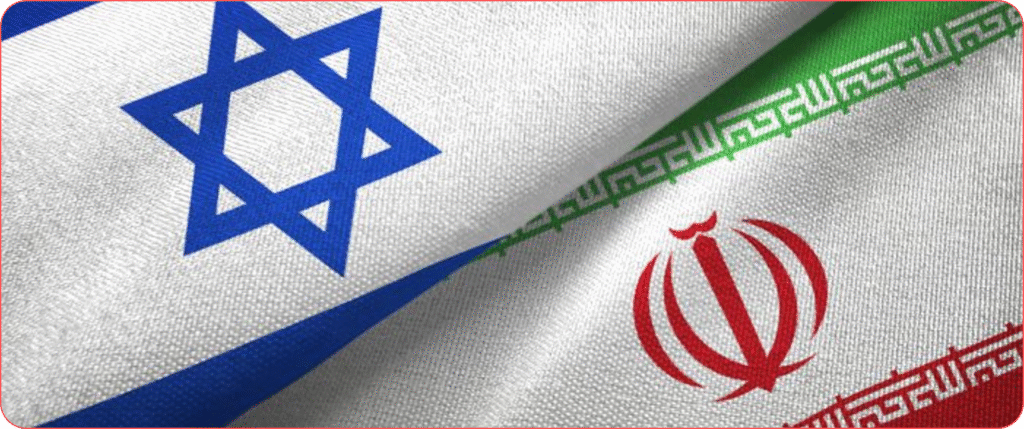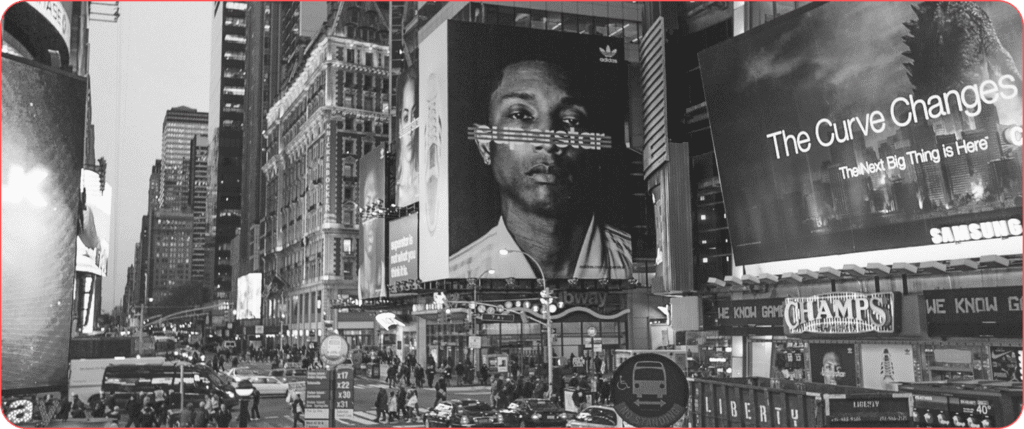TikTok, a global powerhouse in digital marketing and an evolving platform for education, faces a unique and often misunderstood challenge in Bangladesh. While its short-form video format has captivated billions worldwide, its journey in Bangladesh has been more nuanced. Here, its embrace has largely been confined to a specific demographic, often associated with entertainment and, at times, less refined content. This perception has created a significant chasm, deterring corporate marketers and leading educated professionals to largely overlook its potential as a robust communication and marketing channel.
The Perception Problem: Why TikTok Hasn’t Fully Clicked with Corporate Bangladesh
For many Bangladeshi corporations, TikTok feels like uncharted, and perhaps even risky, territory. This apprehension isn’t unfounded; it stems from several deeply ingrained perceptions:
- The Shadow of “Vulgar” Content: Unfortunately, TikTok’s initial boom and a portion of its continued popularity in Bangladesh have been fueled by content that some perceive as “vulgar” or “indecent.” This narrative, often amplified by local media, has cast a long shadow, making it difficult for brands to align themselves with the platform without fear of reputational damage. We’ve seen instances where content deemed inappropriate has even led to temporary government blocks, underscoring the sensitivity of the local cultural landscape.
- A Mismatch with Cultural Values: Bangladesh is a nation with strong cultural values and a conservative social fabric. The fast-paced, often unmoderated, and sometimes provocative nature of global viral trends can clash with these societal norms. This creates a disconnect, particularly for family-oriented or traditional audiences, who may view the platform as a negative influence, especially on younger generations.
- A Historical Lack of Diverse, Quality Content: While TikTok has made commendable strides globally in promoting educational and diverse content, its initial popularity in Bangladesh was largely driven by light entertainment, dance challenges, and comedic skits. This created a self-fulfilling prophecy: users seeking more substantive content found limited options, further alienating the very demographic corporate marketers aim to reach.
- Navigating Regulatory Waters: The Bangladeshi government has, on several occasions, voiced concerns about TikTok’s content and its potential societal impact. While outright bans have been temporary, this ever-present regulatory scrutiny creates an uncertain environment for sustained corporate investment and long-term strategic planning.
The Corporate Marketer’s Dilemma: Why the Hesitation to Invest?
When we speak to corporate marketers in Bangladesh, their reasons for holding back on TikTok investment are clear and pragmatic:
- Brand Safety is Paramount: In a market where brand reputation is meticulously built, the association with content perceived as “vulgar” or controversial is a significant deterrent. A single misstep in content placement or an unfortunate influencer partnership could inflict lasting damage.
- Target Audience Disconnect: For many corporations, their target demographic consists of educated, affluent, and professional individuals. If these valuable customers are not perceived as active or engaged on TikTok, or if the platform’s content doesn’t resonate with their interests, then the return on investment simply doesn’t justify the spend.
- Measuring Tangible Returns: While TikTok’s advertising tools are evolving, quantifying a clear return on investment (ROI) for corporate objectives beyond basic brand awareness can be challenging. For high-value products or services, marketers need confidence that their efforts will translate into measurable business outcomes, not just fleeting views.
- Not Yet a Professional Hub: Unlike established platforms like LinkedIn or even Facebook, TikTok has yet to carve out a niche as a professional or B2B communication tool in Bangladesh. This makes it difficult for companies targeting professionals to build a compelling case for significant investment.
- The Right Influencer Mix: While TikTok boasts numerous influencers, finding individuals whose personal brand aligns seamlessly with corporate values and who can effectively articulate a serious marketing message remains a hurdle for many brands.
Unlocking TikTok’s Potential: A Strategic Blueprint for Growth in Bangladesh
The narrative around TikTok in Bangladesh isn’t fixed. There’s immense untapped potential for the platform to evolve into a valuable channel for corporate engagement and a respected source of information. To bridge the current gap and appeal to a broader, more professional audience, TikTok needs a multi-faceted, strategic approach:
- Elevating Content Standards and Moderation:
- Rigorous Localized Moderation: TikTok must double down on its content moderation efforts, with culturally sensitive teams in Bangladesh enforcing community guidelines to curb inappropriate content. This is fundamental to rebuilding trust.
- Championing #LearnOnTikTok & #EduTok: Proactively identify, nurture, and amplify high-quality educational, informative, and culturally resonant content creators. Imagine partnerships with leading educational institutions, industry experts, and credible media houses to produce engaging, short-form learning modules. This can transform perception.
- Curated Professional Feeds: Introduce features that allow users to access curated feeds or channels dedicated to specific professional topics – think business insights, technology trends, financial literacy, or even arts and literature. These highly moderated channels can become magnets for the educated demographic.
- Forging Strategic Partnerships with Credibility:
- Collaborate with Trusted Institutions: Partner with respected NGOs, government bodies, and established public service organizations to launch campaigns that address critical social issues, promote health awareness, or support national development initiatives. This strategic alignment can significantly rebrand TikTok as a platform for positive societal impact.
- Direct Engagement with Bangladeshi Corporations: TikTok needs to actively engage with leading Bangladeshi corporations, developing tailored marketing solutions that showcase how the platform can deliver tangible results – from lead generation to customer engagement – beyond just viral entertainment.
- Strategic Influencer Relationships: Shift focus from purely entertainment-driven influencers to collaborating with respected public figures, academics, industry leaders, and artists whose credibility can lend significant weight to corporate messages.
- Deep Localization and Content Diversification:
- Celebrate Bangladeshi Heritage: Actively encourage and promote content that vibrantly showcases Bangladesh’s rich culture, history, and traditions in creative and respectful ways. This fosters a sense of ownership and relevance.
- Nurturing Niche Communities: Invest in fostering and promoting niche communities around professional interests, specific hobbies, or academic subjects. This caters to diverse interests and attracts users seeking specialized content.
- Regional Language Expansion: While Bengali is dominant, exploring and supporting content in regional dialects could further broaden appeal and inclusivity.
- Building Trust Through Transparency and Presence:
- Open Dialogue with Regulators: Maintain transparent and proactive communication with the Bangladeshi government and regulatory bodies, demonstrating an unwavering commitment to local laws and cultural sensitivities. This builds a stable operational environment.
- Targeted Public Awareness Campaigns: Launch comprehensive campaigns that educate the public about TikTok’s diverse content, its robust safety features, and its evolving role as a platform for learning, business, and positive community engagement.
- Strong Local Footprint: Consider establishing a more robust local office in Bangladesh with dedicated teams for content moderation, creator support, and business development. A strong local presence signals long-term commitment and understanding of the market.
TikTok in Bangladesh: The Current Landscape (as of early 2024/2025)
The numbers tell an interesting story, indicating significant reach even amidst the perception challenges:
- Substantial User Base: TikTok boasts 37.36 million users aged 18 and above in Bangladesh as of early 2024. This represents a considerable 31.1% of the adult population and nearly half (48.3%) of the local internet user base. This is a market too large to ignore.
- Male Dominance: In early 2024, TikTok’s ad audience in Bangladesh showed a significant male skew, with 64.3% male users and 35.7% female users. This demographic insight is crucial for targeted campaigns.
- Growing Digital Adoption: As of January 2025, Bangladesh had 60.0 million active social media user identities, a figure that grew by 7.1 million (+13.3%) between early 2024 and early 2025. This underscores a rapidly expanding digital audience ready for engagement.
- Expanding Internet Penetration: The country recorded 77.7 million internet users at the start of 2025, with an internet penetration rate of 44.5% of the total population. This upward trend suggests a fertile ground for digital platforms.
- Emerging Content Diversity: Beyond entertainment, there’s a discernable growth in educational and informative content (e.g., #LearnOnTikTok, #EduTok) and a rising trend of content supporting small and medium-sized businesses (SMBs). This indicates a natural evolution of content on the platform.
- Monetization Potential: TikTok offers burgeoning monetization opportunities for creators in Bangladesh through engagement, brand partnerships, and affiliate marketing, signaling a viable ecosystem for commercial activity.
TikTok, a global powerhouse in digital marketing and an evolving platform for education, faces a unique and often misunderstood challenge in Bangladesh. While its short-form video format has captivated billions worldwide, its journey in Bangladesh has been more nuanced. Here, its embrace has largely been confined to a specific demographic, often associated with entertainment and, at times, less refined content. This perception has created a significant chasm, deterring corporate marketers and leading educated professionals to largely overlook its potential as a robust communication and marketing channel.
C. Basu.
Bibliography
- DataReportal – Digital 2024: Bangladesh: https://datareportal.com/reports/digital-2024-bangladesh (Comprehensive digital statistics, including TikTok user figures and demographics for Bangladesh)
- The Daily Star – Tracing the growth of TikTok in Bangladesh: https://www.thedailystar.net/tech-startup/news/tracing-the-growth-tiktok-bangladesh-3825456 (Discussion on TikTok’s evolution in Bangladesh, including educational content and SMB support)
- The Business Standard – Much ado about TikTok: https://www.tbsnews.net/thoughts/much-ado-about-tiktok-115930 (Coverage of controversies, government stance, and public perception of TikTok in Bangladesh)
- Time – Here’s All the Countries With TikTok Bans as Platform’s Future in U.S. Hangs In Balance: https://time.com/6971009/tiktok-banned-restrictions-worldwide-countries-united-states-law/ (Mentions Bangladesh’s past temporary ban on TikTok)
- ZoomBangla News – Monetize TikTok from Bangladesh: Effective Strategies: https://inews.zoombangla.com/monetize-tiktok-from-bangladesh-effective-strategies/ (Discusses monetization strategies and challenges for TikTok creators in Bangladesh)


